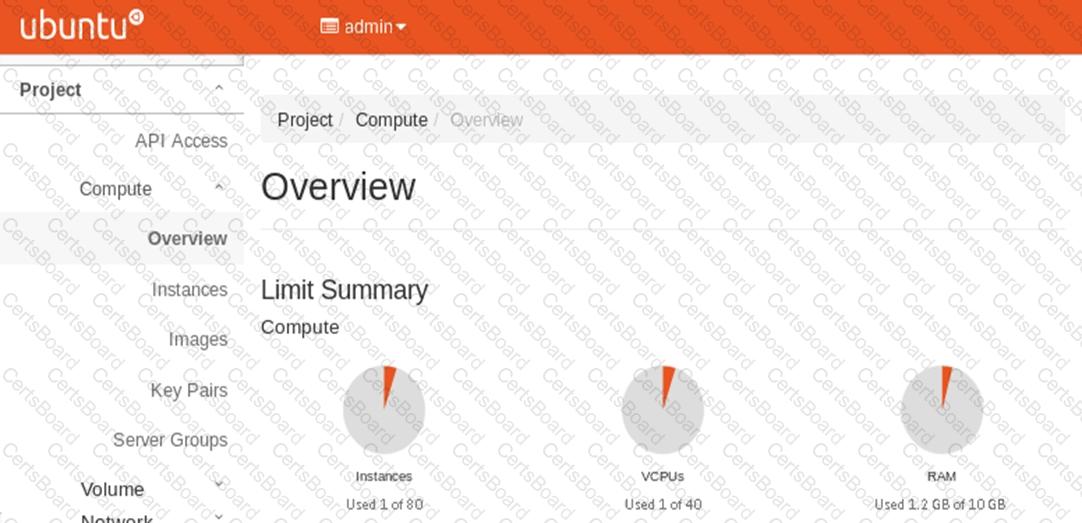Kubernetes uses declarative configuration files to define and manage resources like containers, pods, and services. Let’s analyze each option:
A. Create a JINJA2 template for the container and its resources.
Incorrect:JINJA2 is a templating language often used in automation tools like Ansible. While it can generate Kubernetes manifests, Kubernetes itself does not use JINJA2 templates natively.
B. Create a WYSYG definition for the container and its resources.
Incorrect:"WYSYG" (What You See Is What You Get) is not a recognized format for Kubernetes configurations. Kubernetes relies on structured formats like YAML or JSON.
C. Define a YAML manifest for the container and its resources.
Correct:Kubernetes uses YAML (or JSON) manifests to define the desired state of resources, including containers, pods, and services. A YAML manifest specifies details like container images, resource limits, environment variables, and networking.
D. Define an XML configuration for the container and its resources.
Incorrect:Kubernetes does not use XML for defining resources. YAML is the standard format due to its readability and simplicity.
Why YAML Manifests?
Declarative Configuration:YAML manifests allow you to describe the desired state of your resources in a human-readable format.
Standard Practice:Kubernetes natively supports YAML for defining and deploying resources, making it the correct choice for this task.
JNCIA Cloud References:
The JNCIA-Cloud certification emphasizes Kubernetes resource management, including YAML manifests. Understanding how to define and apply manifests is essential for deploying and managing containerized applications.
For example, Juniper Contrail integrates with Kubernetes to provide advanced networking features, relying on YAML manifests to configure resources.
[Reference:, Kubernetes Documentation: YAML Manifests, Juniper JNCIA-Cloud Study Guide: Kubernetes Resource Management, , ]
